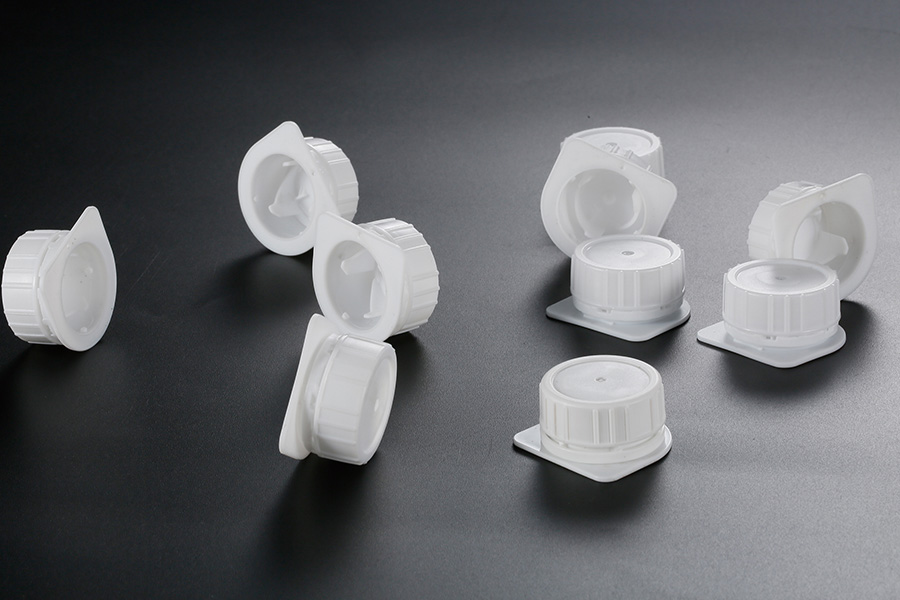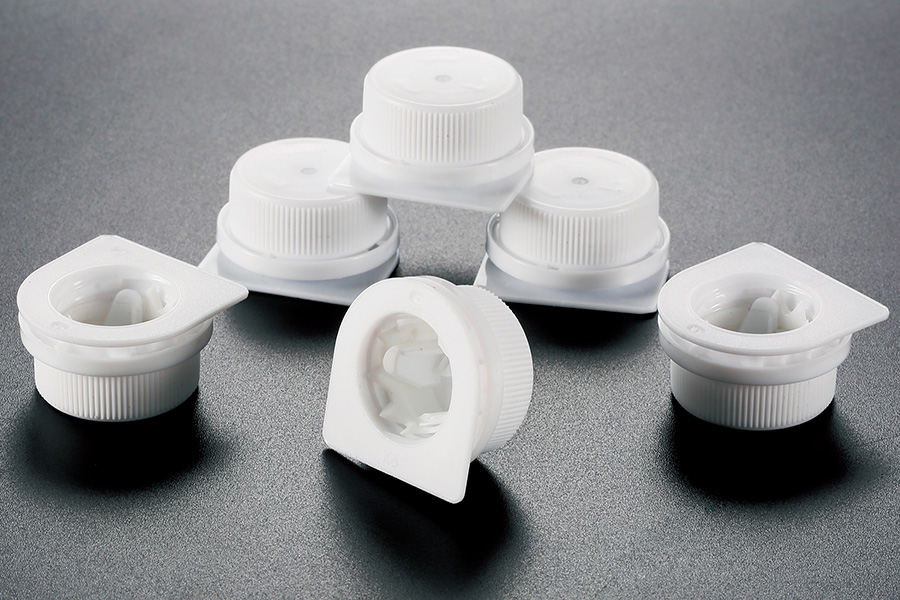The design and manufacture of bottle closures for food contact applications involve a complex set of regulatory requirements aimed at ensuring consumer safety and product integrity. Among various closure types, the spout cap and snap-on cap are widely used in the food and beverage industry due to their ease of use and sealing capabilities. However, compliance with food contact regulations is essential for manufacturers and brands to meet safety standards and avoid legal challenges.

Food contact materials, including bottle closures like the spout cap and snap-on cap, must adhere to regulations set by authorities such as the U.S. Food and Drug Administration (FDA), the European Food Safety Authority (EFSA), and other regional bodies. These regulations govern the materials, additives, and processes used in closure production to prevent contamination or chemical migration into food products. For instance, the choice of plastic resins for manufacturing spout caps often requires verification that they are food-grade and meet migration limits specified by regulatory agencies.
The snap-on cap has gained popularity in applications requiring quick and secure closure mechanisms. Its design facilitates easy attachment without threading, making it convenient for consumers. Despite this, regulatory requirements still mandate thorough testing of the snap-on cap material to ensure it does not release harmful substances. This includes evaluations for heavy metals, residual monomers, and plasticizers, which could otherwise compromise food safety.
In addition to material safety, regulatory considerations extend to the mechanical properties and performance of closures such as the spout cap and snap-on cap. Functional tests are often required to verify that these caps provide adequate sealing to prevent leaks, contamination, and spoilage during storage and transport. Leak-proof performance is critical, especially for liquid food products where the spout cap must maintain integrity under various temperature and pressure conditions.
Manufacturers must also consider labeling and traceability regulations associated with closures. For example, batch numbers and manufacturing codes might need to be included on the snap-on cap or the closure system to facilitate recall processes if safety concerns arise. Proper documentation demonstrating compliance with food contact regulations should be maintained and available for inspection by authorities.
Environmental regulations are increasingly influencing the design of closures like the spout cap and snap-on cap. There is a growing emphasis on using recyclable and sustainable materials that comply with environmental safety standards while still meeting food contact requirements. This means manufacturers often face the challenge of balancing regulatory compliance with eco-friendly design initiatives, especially when developing new closures.
Furthermore, different regions have specific regulatory frameworks that manufacturers must navigate when producing spout caps and snap-on caps for global distribution. For example, the European Union’s Regulation (EU) No 10/2011 imposes strict limits on the migration of substances from plastic materials into food, affecting how these closures are designed and tested. Meanwhile, the FDA’s Title 21 Code of Federal Regulations (CFR) outlines similar but distinct guidelines for materials used in closures for the U.S. market.
Continuous updates in food safety standards require manufacturers to stay informed and adapt quickly. For instance, any changes in allowable substance migration limits or new testing protocols directly impact the design and production of closures such as the spout cap and snap-on cap. Keeping up with these changes helps avoid product recalls and ensures consumer trust.
In practical terms, the compliance process for closures often involves extensive laboratory testing, including simulant migration tests, sensory evaluations, and mechanical durability assessments. The spout cap design might require validation for repeated opening and closing cycles, while the snap-on cap may be evaluated for retention force and sealing pressure. These tests are critical to demonstrate that the closure performs safely throughout its intended shelf life.
Collaboration between material suppliers, closure manufacturers, and food producers plays a vital role in meeting regulatory requirements. Transparency in material composition and manufacturing processes supports compliance for closures like the spout cap and snap-on cap. This partnership ensures that every step, from raw material selection to final packaging, aligns with food safety regulations.
In summary, regulatory considerations are a fundamental aspect of developing and manufacturing food contact bottle closures. The spout cap and snap-on cap, common choices in the industry, must comply with material safety, performance, labeling, and environmental requirements to protect consumer health and maintain product quality. Staying up to date with evolving regulations is crucial for manufacturers aiming to deliver safe and reliable closure solutions in the competitive food packaging market.


 English
English  русский
русский عربى
عربى



